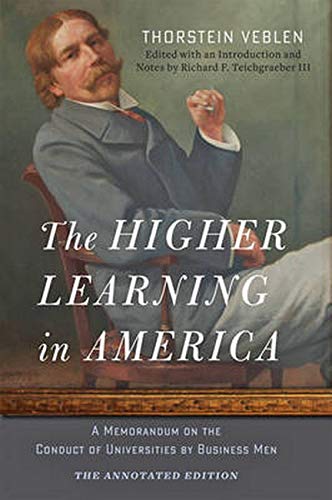

Most ebook files are in PDF format, so you can easily read them using various software such as Foxit Reader or directly on the Google Chrome browser.
Some ebook files are released by publishers in other formats such as .awz, .mobi, .epub, .fb2, etc. You may need to install specific software to read these formats on mobile/PC, such as Calibre.
Please read the tutorial at this link: https://ebookbell.com/faq
We offer FREE conversion to the popular formats you request; however, this may take some time. Therefore, right after payment, please email us, and we will try to provide the service as quickly as possible.
For some exceptional file formats or broken links (if any), please refrain from opening any disputes. Instead, email us first, and we will try to assist within a maximum of 6 hours.
EbookBell Team

4.1
90 reviewsThe first scholarly edition of Thorstein Veblen’s classic indictment of the corporate model of American university governance.
Since its publication in 1918, Thorstein Veblen’sThe Higher Learning in Americahas remained a text that every serious student of the American university must confront. Intellectual historian Richard Teichgraeber brings us the first scholarly edition of Veblen’s classic, thoroughly edited, annotated, and indexed. An extensive introduction discusses the book’s composition and publishing history, Veblen’s debts to earlier critics of the American university, and the place ofThe Higher Learning in Americain current debates about the American university. Veblen’s insights into the American university system at the outset of the twentieth century are as provocative today as they were when first published. Insisting that institutions of higher learning should be dedicated solely to the disinterested pursuit of knowledge, he urged American universities to abandon commitments to extraneous pursuits such as athletics, community service, and vocational education. He also believed that the corporate model of governance―with university boards of trustees dominated by well-to-do businessmen and university presidents who functioned essentially as businessmen in academic dress―mandated unsavory techniques of salesmanship and self-promotion that threatened to reduce institutions of higher learning to the status of competitive business enterprises. With a detailed chronology, suggested readings, and comprehensive notes identifying events, individuals, and institutions to which Veblen alludes, this volume is sure to become the standard teaching text for Veblen’s classic work and an invaluable resource for students of both the history and the current workings of the American university.